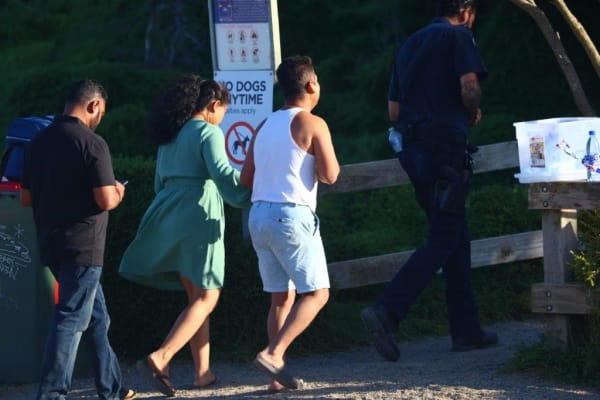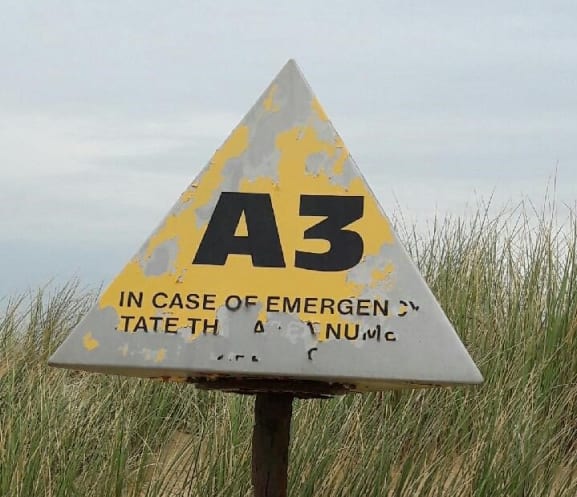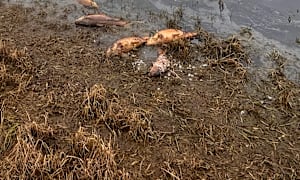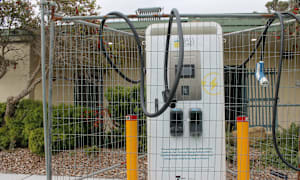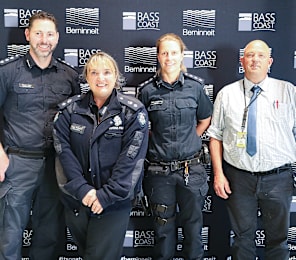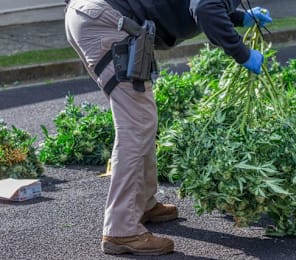IN THE wake of six drownings on our beaches in 13 days, between January 12 and January 24 this year, five of them on beaches managed by Phillip Island Nature Parks, the foreshore management authority has announced it is rolling out a new set of signs.
Except that they’re the same’ol signs with only "minor" changes.
Despite public concern that the present signs are not read by beachgoers, that the key warnings are diminished by competing information and that the signs don’t carry compelling enough messages, including such words as ‘This Beach Is Too Dangerous for Swimming’, only minor changes are being made to the present format.
The contract for the ‘new’ signs was awarded to a local manufacturer late last year but they are not expected to be erected until well after the summer season is over and potentially, not before the next school holidays starting on March 28.
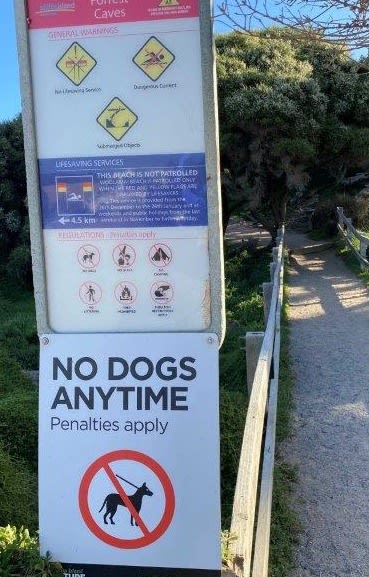
The following statement has been received from Phillip Island Nature Parks:
“The terrible drowning accident is a reminder of the dangers of the ocean and particularly unpatrolled beaches.
“Nature Parks works very closely with Life Saving Victoria and Bass Coast Shire Council to ensure all beach warning signs are designed to Australian Standards and follow LSV direction and advice at all times.
“Signage at beaches is one important component of the drowning prevention education process.
“There are currently two large permanent warning signs erected at the two entries to the Forrest Caves beach area. They carry the Australian Standards no-swimming symbol, and warn of no lifesaving service, dangerous current and submerged objects.
“Nature Parks has been working with LSV to review and make minor adjustments to the permanent signs, in line with a Council report (Bass Coast Shire Coastal Risk Assessment Report). Like the current signs, the new signs also show the no-swimming symbol and warn of dangerous currents and submerged objects.
“A Coastal Public Access and Risk grant was approved to replace the signs and following a public tender Nature Parks awarded the contract to a local signage manufacturer late last year and the signs will be installed within the next two months.
“The new signs comply with Australian Standard ISO 20712 – 3:2020.
“Nature Parks will continue work closely with Life Saving Victoria and the Council and review signs and act if there is further advice to improve the safety of this beach and other beaches.”

Background
- It’s worth noting, that the ‘Bass Coast Shire Coastal Risk Assessment’ was conducted by Life Saving Victoria which produced a report for the Bass Coast Shire area for the following agencies: the Bass Coast Shire, Phillip Island Nature Parks, Parks Victoria and San Remo Foreshore Committee of Management. It is not specifically a ‘Council report’.
- The “Risk Assessment” makes a number of recommendations about signs at high hazard score beaches, including the following:
- “One key risk treatment strategy proposed for all sites is signage and this report strongly recommends a Shire-wide uniform signage strategy. Used on public land specific to aquatic recreation drowning and injury event minimisation; it should be implemented in a coordinated and consistent manner.”
- “Finally, it is recommended that the land managers within BCS commit to a systematic monitoring and review process. Continuous monitoring and review of hazards ensures that new hazards are detected and managed and linked to modification or maintenance of existing action plans. Ongoing reporting will communicate the activities and outcomes, provide information to inform decision-making, improve risk management activities and facilitate interaction with stakeholders.”
- The present Australian Standard ISO 20712 – 3:2020, to which the new signs are expected to comply, must be reviewed every five years and a new standard is presently “in development” to be introduced in 2025.
